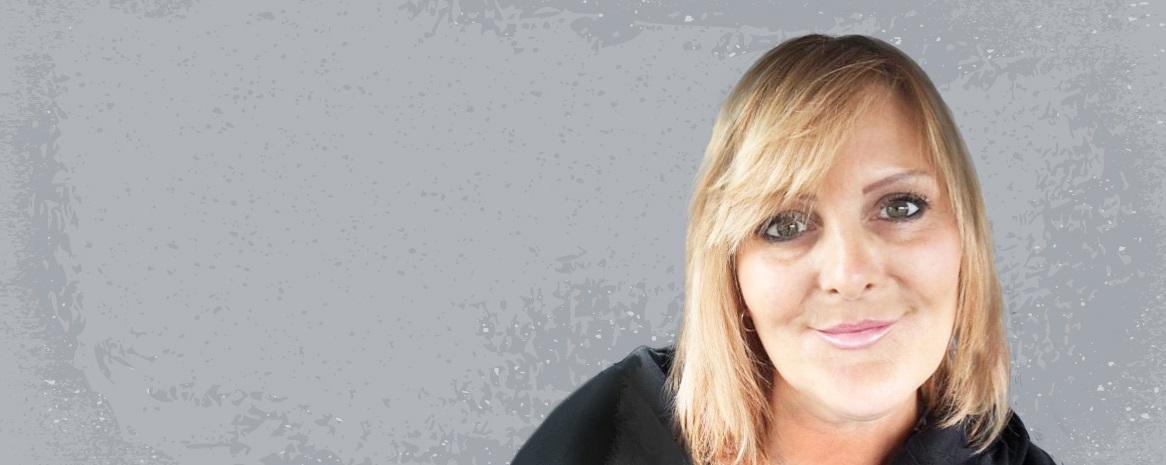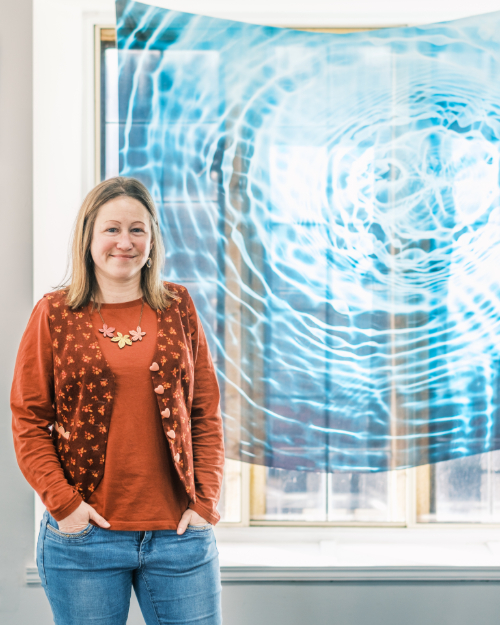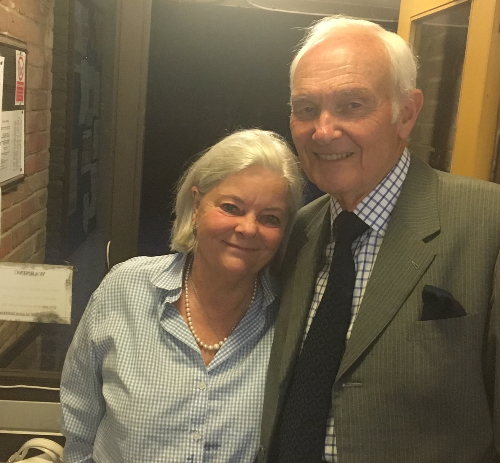
Jayne
Diagnosed with type 1 diabetes aged 30
I’ve learnt that I’m not as invincible as I thought I was, but I hope that my story can encourage others to take their condition seriously.
Jayne shares her experiences of coming to terms with a type 1 diagnosis and dealing with foot complications in both feet.



